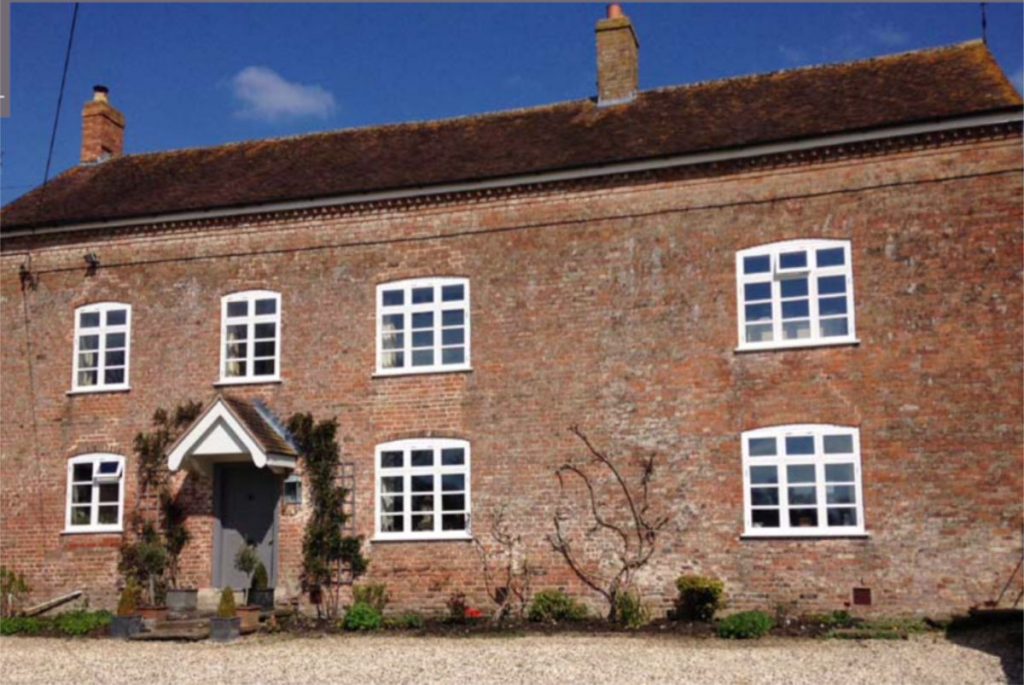By Richard Saul
This article was published in the December 2019 edition of Soul Search. the Journal of The Sole Society
In July 2019 I visited Saul, a village in Gloucestershire with my wife and we stayed at Saul Farm Bed & Breakfast. The farmhouse is 17th Century and we would thoroughly recommend it as somewhere to stay.
I have been aware of Saul for nearly 70 years as my parents took my brother and I on summer holidays to Cornwall passing (before motorways!) the sign to SAUL.
The village of Saul is very pleasant, close to the river Severn and is the site of Saul Junction where the Gloucester and Sharpness canal meets the Sharpness Canal. There is a marina for narrowboats and a cafe.
The village has no shops but two public houses and a fish restaurant. We had dinner at the Anchor Inn on the banks of the Severn and after an excellent pub food dinner were able to see the Severn Bore as darkness fell! It was only a ‘1 star’ bore but there were two surfboarders riding it!
There is a great deal of information on Saul in British History online. Saul is part of Fretherne with Saul and Fretherne is mentioned in the Domesday Book but not Saul. Saul is mentioned as a chapel of Standish between 1218 and 1236 when Saul Farm (a previous building) was the main farm of the manor of Saul. The manor of Saul was given to the benefit of Gloucester Abbey and after the Dissolution of the Abbey Saul Farm was given to the Chaplain of Saul church with 5 ¼ acres in 1592. The church is a few yards from the current farmhouse which retains approximately 5 acres of land.
The origin of the name Saul remains unclear. I have been researching the links that many of the separate Saul groups might have with 12th century abbeys – Cumberland Sauls at Holme Cultram Yorkshire Sauls at Kirkstall etc, Many Saul groups are close to manors or granges of an Abbey.
The Abbeys spread from France where a SALLE (early variant of Saul) was “a person living or working in or near a manor” and it seems to be quite possible that the early Sauls were farm workers – lay brothers – of an abbey. The farms would be part of a grange (French for barn) and the grange would have barns (Irish barn sabhal pronounced Saul). The manor of Acle in Norfolk includes the village of Salle pronounced Saul and the manor was endowed to Tintern Abbey not far from Saul in Gloucestershire! The hamlet of Hampreston was endowed to Tewkesbury Abbey. St Keverne Abbey in Cornwall has links to Beaulieu Abbey.
As surnames became common in the 12th and 13th centuries, it would seem that Saul could be an occupational name and the geographical spread would make it unlikely that the various groups are related. We might expect each group to exhibit DNA characteristics of the indigenous people.
It will be interesting to hear if your Saul group ancestors lived and worked near an Abbey.
If you are interested in staying at Saul Farm visit the website, www.saulfarm.com

Saul Farm in Gloucestershire, with thanks to the owner, Bindy Pumfrett for permission to print the photo
